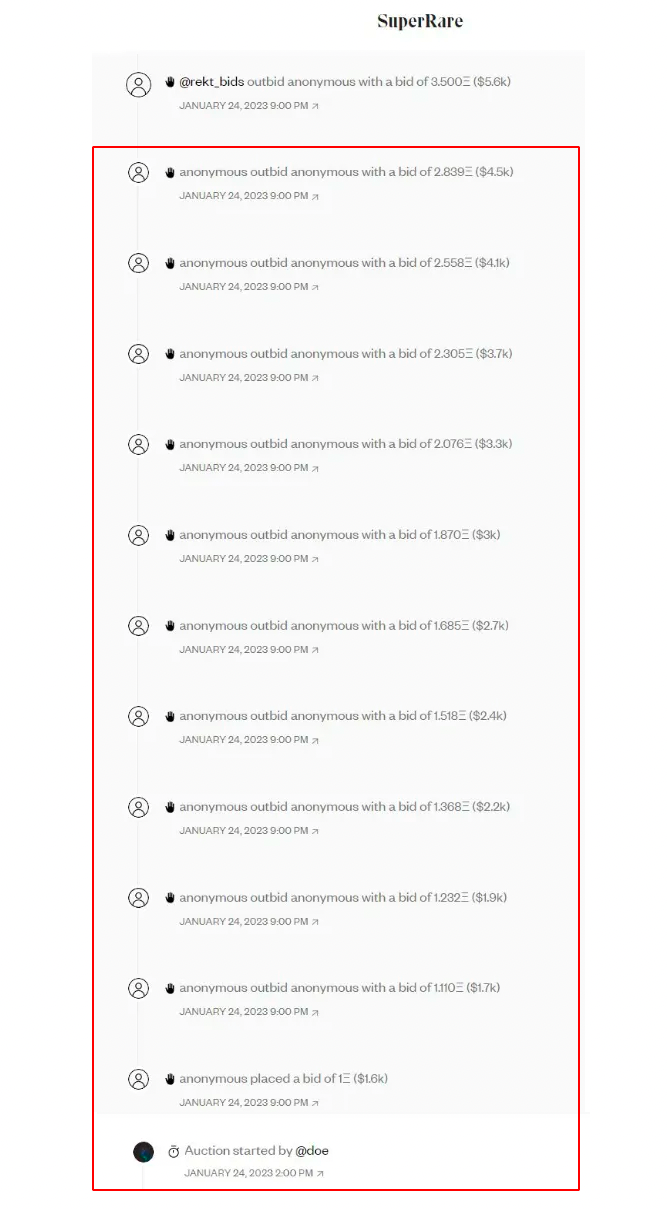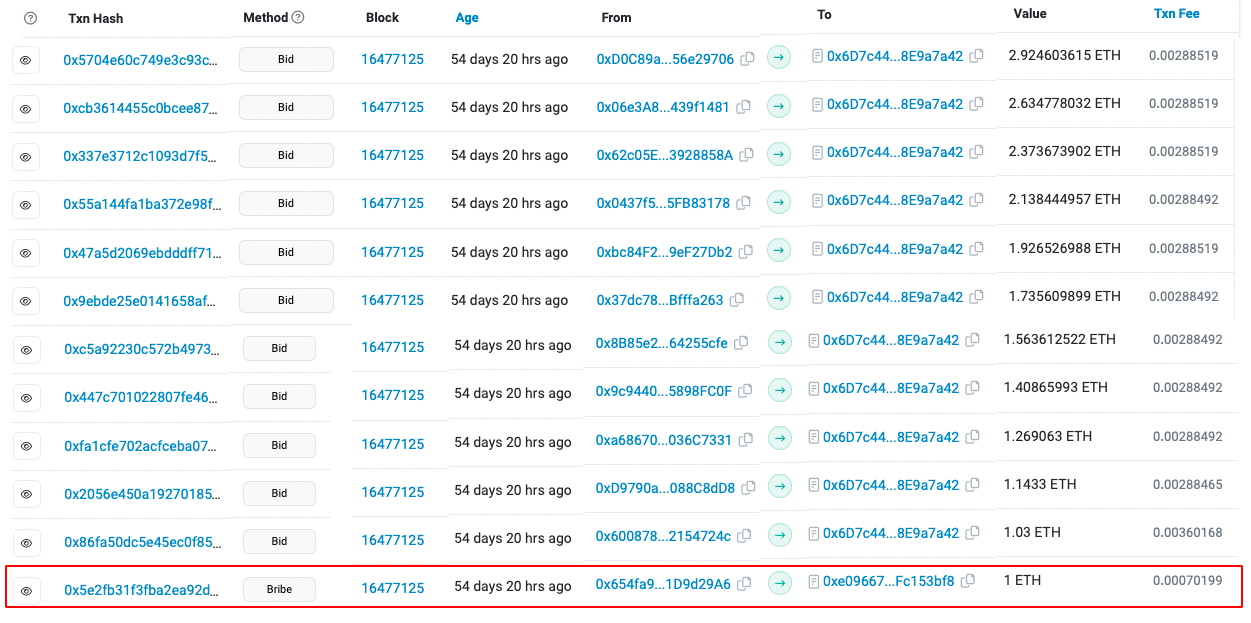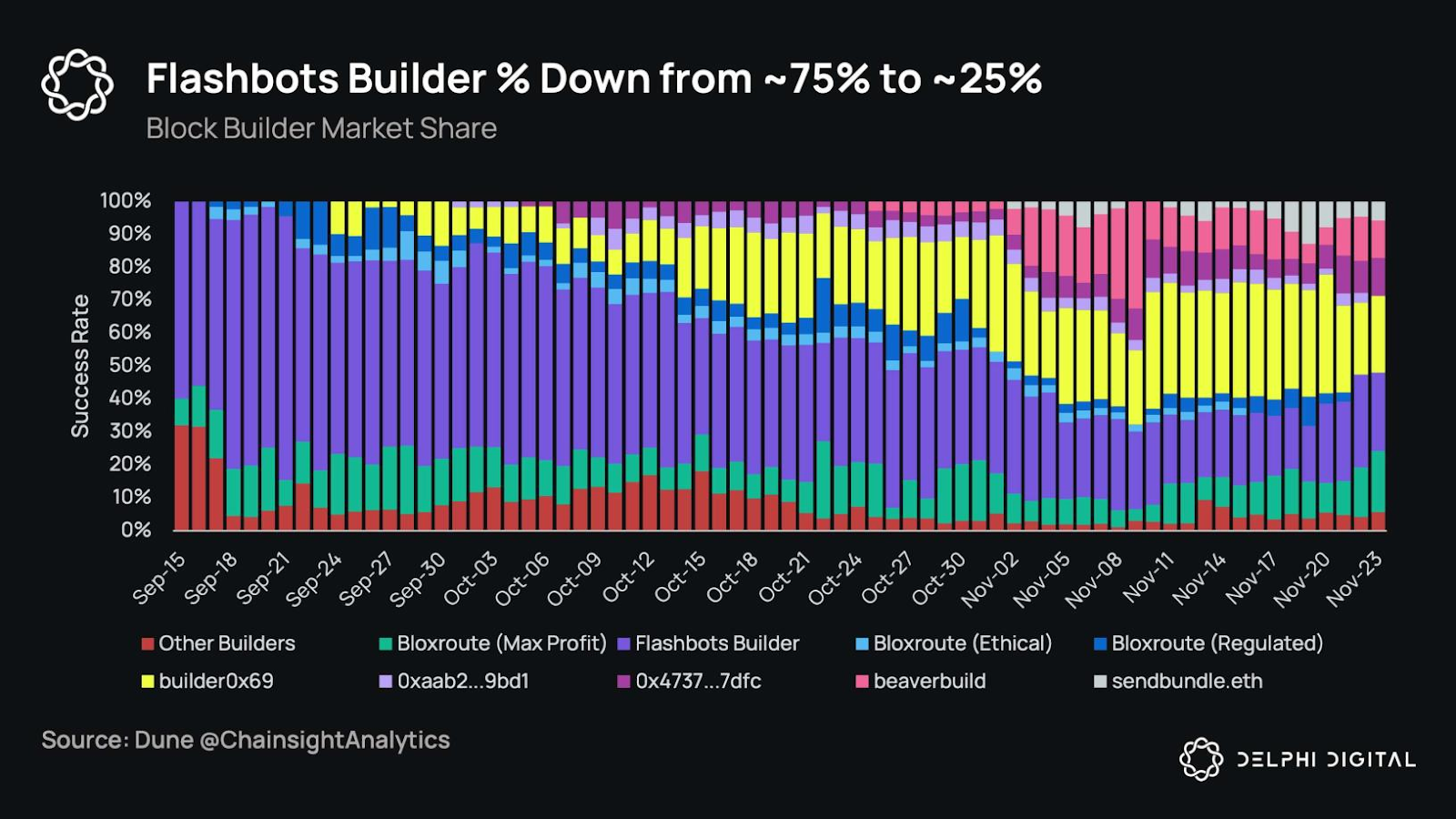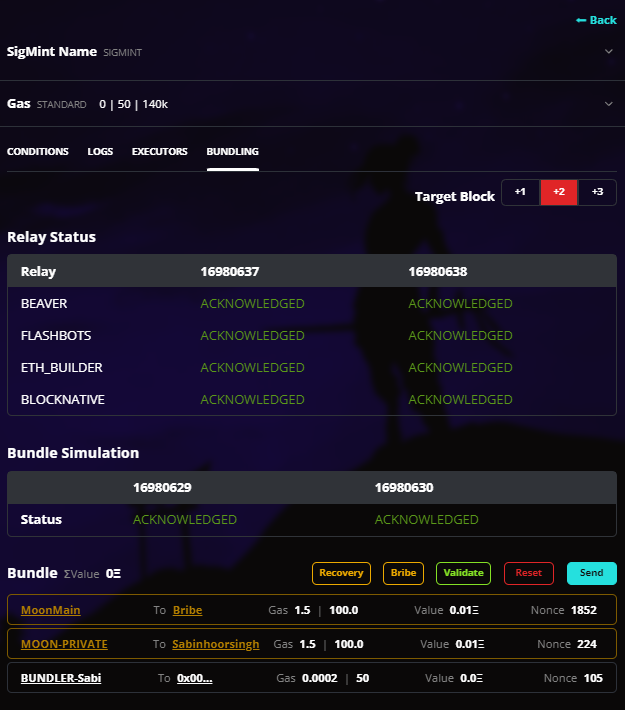
MEV Bundling
Manipulating Transactions Without Risking Gas
Minting can be risky and tough.
Between the proliferation of minting bots on the market and the general disconnect between the “priority fee” you send and what you actually end up paying for the mint, setting up for a mint, especially a hyped one, can end up with you feeling terrible if you’re not careful.
Failed mint transactions suck on multiple levels. You don’t get the NFT you wanted, you have to pay hard-earned money for your failure, and it’s a permanent revert on your wallet. Embarrassing all around. Hundreds of millions of dollars has been burnt by users and botters (primarily botters) since the inception of NFTs. The Otherside mint alone burnt over $4.4m in just failed transactions.
Gas wars are arguably even worse. As your mint transaction hits the mempool, it’s part of a feedback loop that automatically pushes the minimum fee you need to pay to get into the next block. You instantly invite everyone else in the network to frontrun your mint if they want to. Inexperienced users and even experienced botters, in the heat of the moment, can end up miscalculating their speed up leading to unintentionally overpaying on a successful mint, or losing an eye watering amount of ETH on a useless revert.
This doesn’t need to happen. Really. Ever.
Since the dawn of minting bots, promises have been made to provide you with “riskless transactions” and “avoiding frontrunning” all the time, while all they do is plug in Flashbots public RPC instead of your Ethereum node.
For the first time in this space, we’ve made this a reality. Let’s see how.
MEV Bundling Case Study
Bongdoe’s SuperRare auction serves as a great introductory case study to MEV botting. His pieces often fetch well over 10 ETH, and naturally these auctions are quite competitive. With a recent mint, there was a very interesting mechanic. Anyone that placed a successful bid, but did not win the auction, would be airdropped an NFT potentially worth 1 ETH each. Additional caveats include that the auction begins on a specific block, with bids placed on-chain in minimum of 10% increments. Bids are refunded if it does not win the auction.
By the end of this post, you will understand how we successfully hit 11 auction bids for our private investors. Additionally, you will understand some basic underlying principles regarding MEV botting success, such as MEV bundling. You will soon find that MEV bundling will be the only way to properly mint hyped drops.
Standard mint botting will soon be a thing of the past.

What is a Bundle?
One of the most basic tools MEV bots use is a “bundle”. A bundle is simply two or more transactions that are submitted in a “single batch” to a MEV relay such as Flashbots. These transactions can be ones you are yet to send, or those currently existing in the public mempool.
There are a few advantages of sending transactions as a bundle, including: (1) the ability to order transactions, (2) paying gas only if the transaction is successful, and (3) protecting against frontrunners.
Below is an example of the Bondoe SuperRare auction bid mentioned earlier.

Determining Transaction Priority
In this opportunity, bid transactions had to increase by 10% progressively in value, to satisfy SuperRare’s auction rules. If any other transactions were able to position themselves between any of these bids, then all other bids afterwards would have potentially failed. Bundling allows the user to order these transactions in any fashion that benefits them, in an all-or-nothing manner. This means that either your bundle successfully executes, or none of your transactions will be successfully executed.
So what determines if a bundle of transactions is successful or not?
A bribe is a transaction that pays a tip in ETH directly to the block builder. It acts in a similar fashion to increasing a transaction’s priority fee. This allows for an easy way to increase the attractiveness of a bundle.
Block builder’s primary goal is to maximize profit. They do this by creating blocks that yield them the most gwei per gas unit or the “effective gas” – this simplifies to priority fee, when there are no bribes to consider. To help calculate this, we can pro-rata the bribe amount across the total gas used in the bundle of transactions.
For example, say we have 10 transactions with 50 priority fee and 200k gas usage each. If we bundle these transactions with a 1 ETH bribe, the effective gas of the bundle goes from 50 gwei to 550 gwei. This bundle will sit above all other transactions with a lower effective gas. In short, how much you pay the builder is still the most important thing in determining if your transaction is successfully executed.
Another dimension of determining MEV botting success is being able to execute transactions in a more gas-efficient manner. This is where tools such as Sensei’s Katana contract minter becomes useful, especially when paired with MEV bundling. It allows you to replace what would typically be multiple transactions, with one single gas efficient transaction.
Contract minters in general are more gas efficient than minting with separate wallets, as they save fixed gas unit cost associated with initiating any transaction (approximately 21k gas units). The more gas efficient your contract minter is, the less overall gas you pay.
For those interested in a more technical explanation of block builders, check out Noxx’s blog post.
Stop Risking Gas Via a Node
Another benefit of bundling is that you do not pay gas on failed transactions at all. You might think to yourself that this sounds awfully similar to Flashbots, and you would be correct. Flashbots are one of many MEV relayers you can forward bundled transactions to. One common complaint about Flashbots that makes it seemingly less practical, is that it often is “too slow”.
To understand this better, one must understand that some blocks are built by MEV relayers, others are not. As there are many MEV relayers out there, if you send a bundled transaction (or any transaction) to Flashbots, the transaction can only be mined in a block built by Flashbots.
After the PoS Ethereum update, block builders have become more democratized, as there is now a plethora of players as opposed to Flashbots dominating about 75% of all blocks builts. The easy counter to this, is simply to forward your bundle to as many MEV builders as possible, taking advantage of the fact that no gas will be consumed until a successful transaction. In summary, this means you can take part in a minting opportunity with 0 risk of losing gas if you are not successful.

To the sharp individual, you might wonder if your transaction might still be slow, if the upcoming block being validated is not built by a MEV relayer. This would usually be correct, except during hyped mints or other lucrative scenarios where users are sending MEV relayers transactions containing high gas. In our recent research, 10/10 of the most recent hype mints have begun with blocks built by MEV relayers, and we expect this to continue.
Stealth Gassing
The current state of botting is a viscous feedback loop. As soon as you send your high gas transaction to your node, your transaction is public. You’ve just invited everyone running the drop to outgas you. Then the cycle continues.
Where does the blame lie? The public mempool of course.
Transactions sent to MEV RPC relays are private by default.
This means that your gas settings are completely invisible to the rest of the world, unlike regular nodes. Stealth gas settings allow you to mint with confidence, knowing that no other bots can frontrun your gas.
Advanced MEV Bundling
Sensei Whitehat Recovery
An interesting use case of bundling we have successfully executed on many times, is the Sensei Whitehat Recovery service.

A basic example of this involves owning a compromised wallet that holds a whitelist for a particular mint, such as Gemesis. These compromised wallets are monitored by ETH drainer bots that will automatically detect and transfer out any ETH in them.
By bundling two transactions that would first deposit ETH into the compromised wallet then minting the NFT using the deposited ETH, this escapes the detection of these particular drainer bots. We then are able to extract the NFTs out of these compromised wallets in a similar fashion.
This is just the tip of the iceberg of what we have been able to do. Please get in contact with us via discord, if you are in need of the Sensei Whitehat Recovery service.
Bundling the Flip State
A bundle can include your own pre-signed transactions, but also pending transactions in the mempool. This means that when the flip state transaction is sent, one would be able to backrun this through bundling by taking advantage of its transaction ordering properties.
This can be an effective way of securing NFTs in a low supply, but hyped drop scenario that is expected to mint out within one or two blocks.
Gas Gambling
Highly lucrative on-chain trades such as fat-finger snipes or custom opportunities like Bongdoe’s SuperRare auction generally require paying high priority fees to win the transaction. These generally require specific domain-knowledge, to escape the evil grasps of automated MEV bots that pay 20 ETH in transaction fees for a measly $2 profit.
For example, here is a Sewer Pass with a 7 ETH trait floor price. Someone trait sniped it successfully, paying 1.02 ETH in transaction fees. A rational person would be willing to pay up to 3.55 ETH for this opportunity, but it would be impossible to frontrun people sending transactions to the private mempool as it stealths their gas settings.

A simple counter is to “gas gamble”, where you simply guess an effective gas value that gives you an acceptable profit margin if the transaction succeeds. If the transaction reverts, then you would not be losing any gas, meaning you can simply wait to execute on the next opportunity.
It is worth a reminder that just because a transaction is successful, it does not necessarily mean that it is a profitable trade.
A New Era of NFT Botting
In summary, we are seeing a new paradigm shift in the way one competes for NFT drops. We see that MEV bundles are essential to not only winning in these competitions, but also protecting yourself from most potential downsides.
Bundles prevent users from losing gas if transactions fail, hides user gas settings to reduce the odds of being out-gassed, and is the best way to compete in flip state blocks. MEV bundles can also be paired with our Katana contract minter, to give you a competitive edge with transaction gas efficiency.
The old methods of NFT botting are outdated. A new era is here.
